A few days ago I commented that here in Margarita, Nueva Esparta, Venezuela I have seen a certain number of animals. Well, some of them are bugs, which are technically called insects.
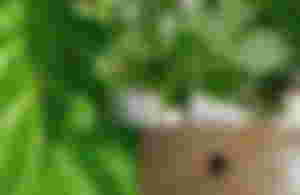
Animals are classified into vertebrates and invertebrates. Insects belong to the arthropod family. Here in Venezuela we call any small animal bugs, it is a derogatory and colloquial way of calling insects.
Insects are quite a numerous group, it is said to be the largest in the world. We find them inside and outside our homes, especially in gardens and yards. All of the above is just a prelude to talk about insects.

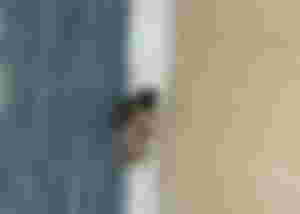

Structure or morphology
These invertebrates have an exoskeleton which is a covering that protects and supports the body of these animals. The body consists of three parts: head, thorax and abdomen. These segments are called tagmas. Have one pair of antennae, three pairs of legs and almost always two pairs of wings; some do not have them.
On the head are the antennae, the eyes called ocelli and the mandibles that depend on the feeding habit of each species of insect; chewing or sucking, maxilla and proboscis respectively.
The thorax is the intermediate part of the body; it is constituted by segments called prothorax (anterior), mesothorax (middle part) and metathorax (posterior); in each segment a leg and wings are inserted between mesothorax and metathorax.
The abdomen has few perceptible features in most insects. It appears as a series of segments. The abdomen contains the digestive, circulatory and reproductive apparatus.
Feeding
There are insects that feed on plants, especially those in the caterpillar stage; others feed on flower nectar; others on waste and decaying organic matter, some species devour other insects and those that suck blood.
Some insects
Now I show you some of the insects that I have been able to photograph.

Praying Mantis
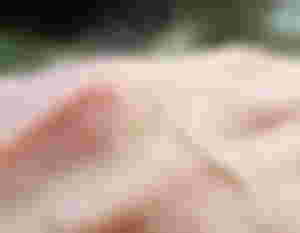
It is a predatory insect that belongs to the family Mantidae; it owes its name to the fact that its front legs maintain a prayer position.
They are green or brown in color and have the power of camouflage, that is, they mimic the color of plant foliage to stalk their prey and hide from other predators.
On their front legs they have a kind of spines that serve to hunt and immobilize their prey.
The female eats the male, during or after mating, tearing off his head and is not a risk for humans, so it is easy to catch them.


Ladybug
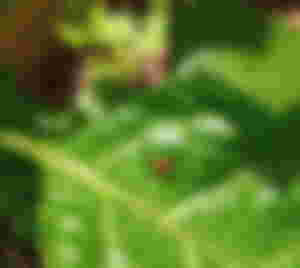
It belongs to the Coleoptera and its common name is Ladybug, in reality it is a beetle. They are rounded in shape and have characteristic black dots on a red background which makes them look very beautiful and harmless. They feed on other insects.
They are said to come in a variety of colors but I have seen only the red ones. This colorfulness is a warning to their predators.
These friendly beetles are beneficial to plants, they are good cleaners, as they eat insects that are harmful to crops.


Water scorpion
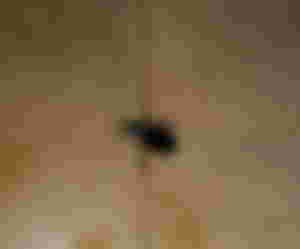
I found this insect in the bathroom and I was very scared, I mistook it for a chipo and killed it but first I took a picture of it. Then to make this material, I downloaded an application on the phone to find out the type of insect and then to expand the information I visited the web. The downloaded app was Insect Paint.
The water bug or nepa cinerea, as it is also called belongs to the order Hemiptera and the family Nepidae. It has a flat and oval body; however, it should be noted that the features vary according to the species; there are others that are thin and slender. It owes its name to some of the characteristics it has in common with the scorpions belonging to the arachnids.
This aquatic heteropterous insect lives in stagnant waters, still streams and muddy soils. It has the ability to breathe underwater, thanks to two abdominal appendages that form the respiratory tube that connects to the trachea, which is similar to the scorpion's tail.
Although it is an aquatic animal, it does not move by swimming but by walking slowly, which is why it does not reach the depths. It feeds on insects, mosquito larvae, tadpoles and small fish.
Saliva inoculation is the way it uses to paralyze its prey, after trapping it with its prey. They do not represent any danger to humans, but if they attack, they leave a very painful sting, which is quickly rendered ineffective, since they are not poisonous.

Flies and mosquitoes
Now it is the turn of these annoying insects, they belong to the Diptera.

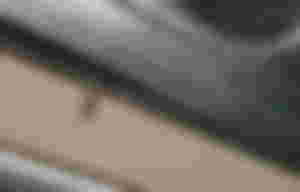
Flies are essential in organic decomposition and serve as food for other insects. They are transmitters of diseases that cause diarrhea and fever. Generally, the contagion is generated when these insects regurgitate or defecate on food and also leave the infectious focus with their legs.
Mosquitoes have slender bodies and long, thin legs. They are fluid suckers. They transmit diseases such as dengue fever and malaria, for example.

As you can see, there are insects that are beneficial to the environment and there are others that are harmful to humans from a health point of view, but they are all part of the ecological balance.

References consulted
https://www.nationalgeographic.com.es/animales/insectos
https://askabiologist.asu.edu/explore/bichos-verdaderos
https://www.ecologiaverde.com/clasificacion-de-los-insectos-2240.html
https://futurcrop.com/es/blog/post/taxonomia-de-las-plagas#:~:text=Conforme%20a%20la%20clasificaci%C3%B3n%20taxon%C3%B3mica,)%2C%20y%20a%20la%20clase%20Insecta.
https://www.caracteristicas.co/insectos/#ixzz70AbEWM8z
Translated with www.DeepL.com/Translator (free version)

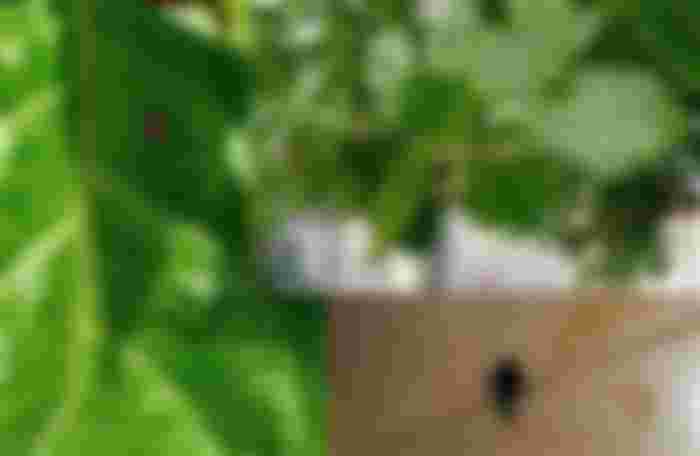


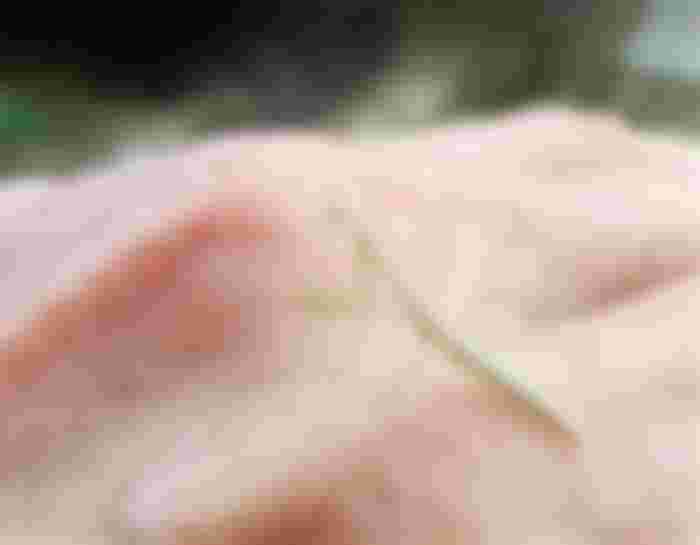
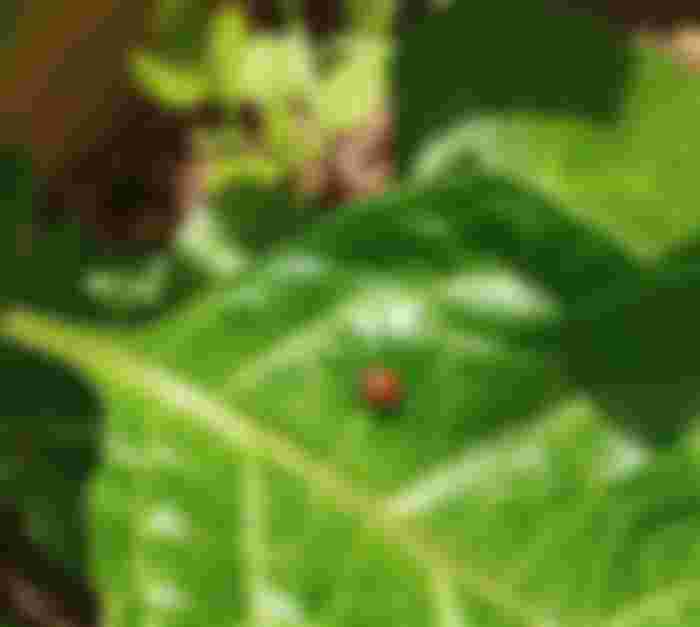
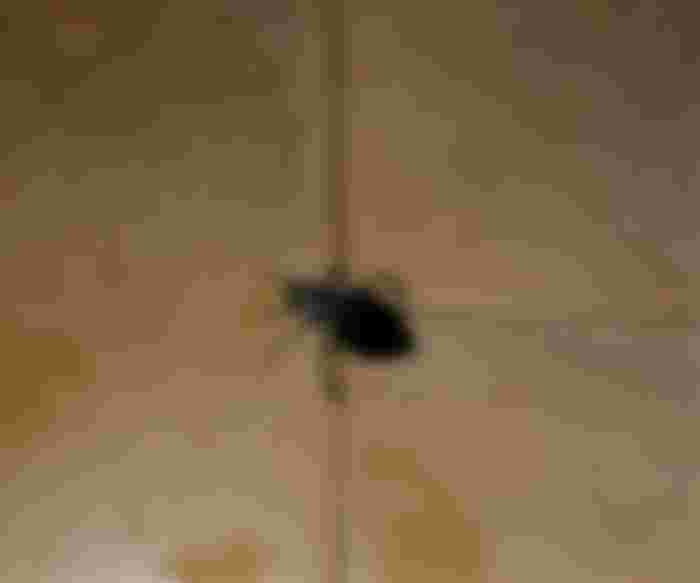
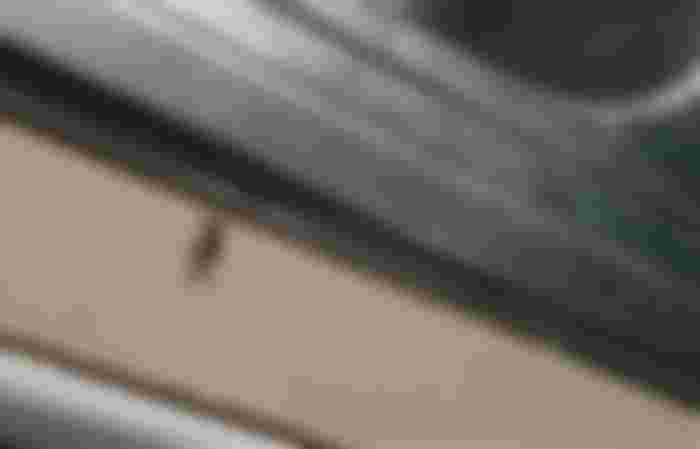

I hate some insects for the mere fact that they carry diseases, just like mosquitoes that can infect anyone with dengue or malaria. In our biology class before, I can still remember flies and cockroaches carry millions of different bacteria.